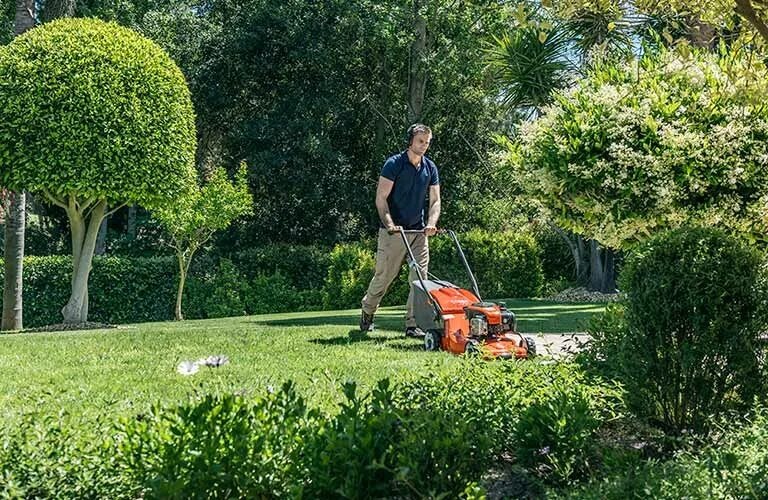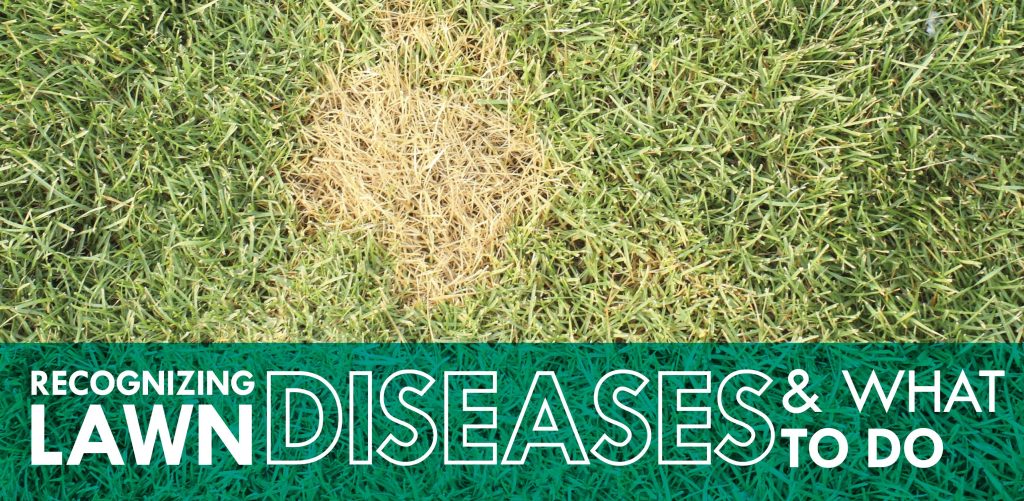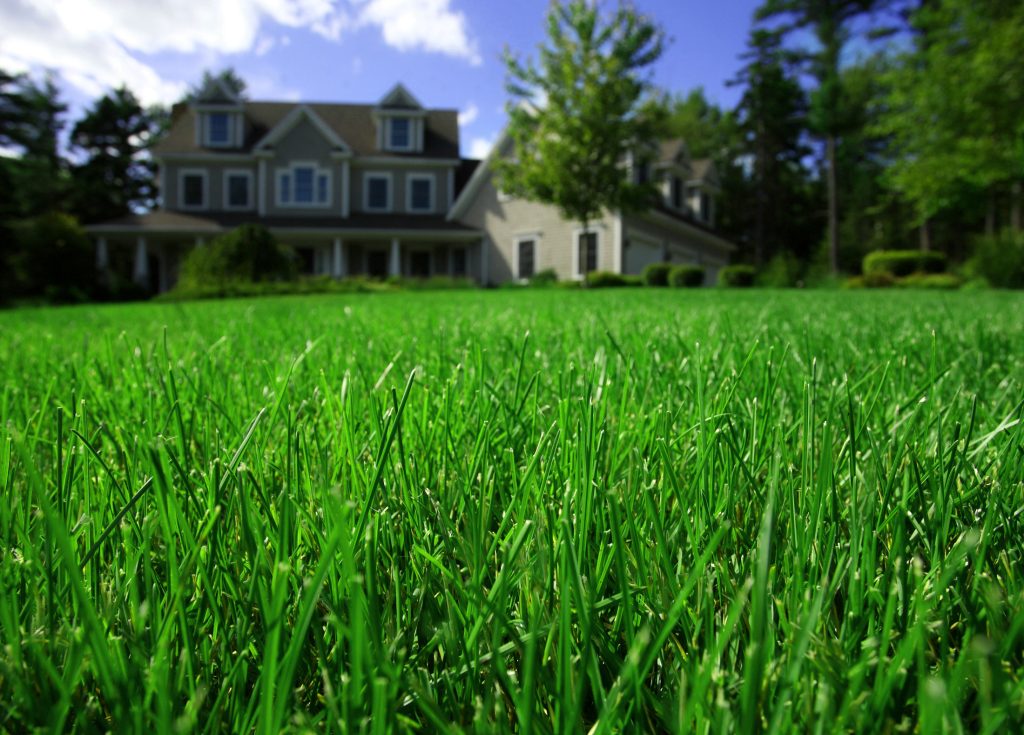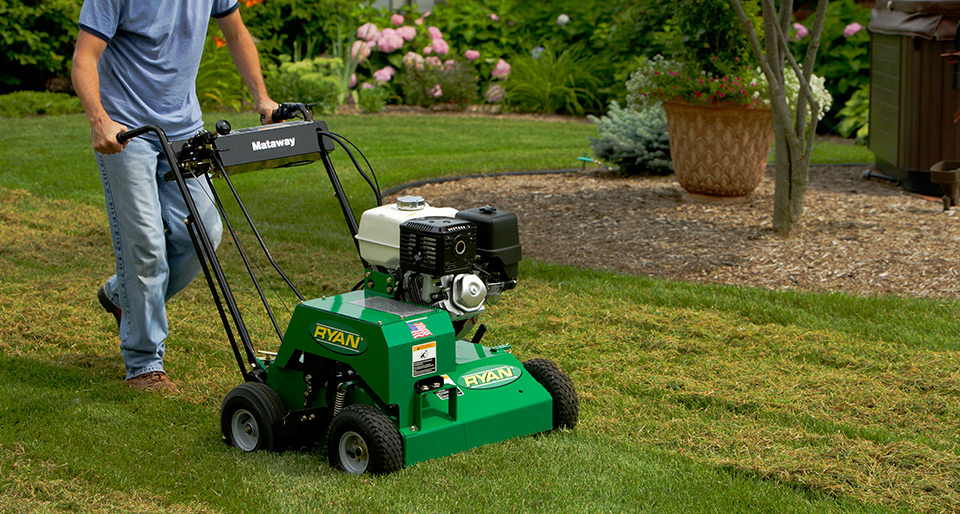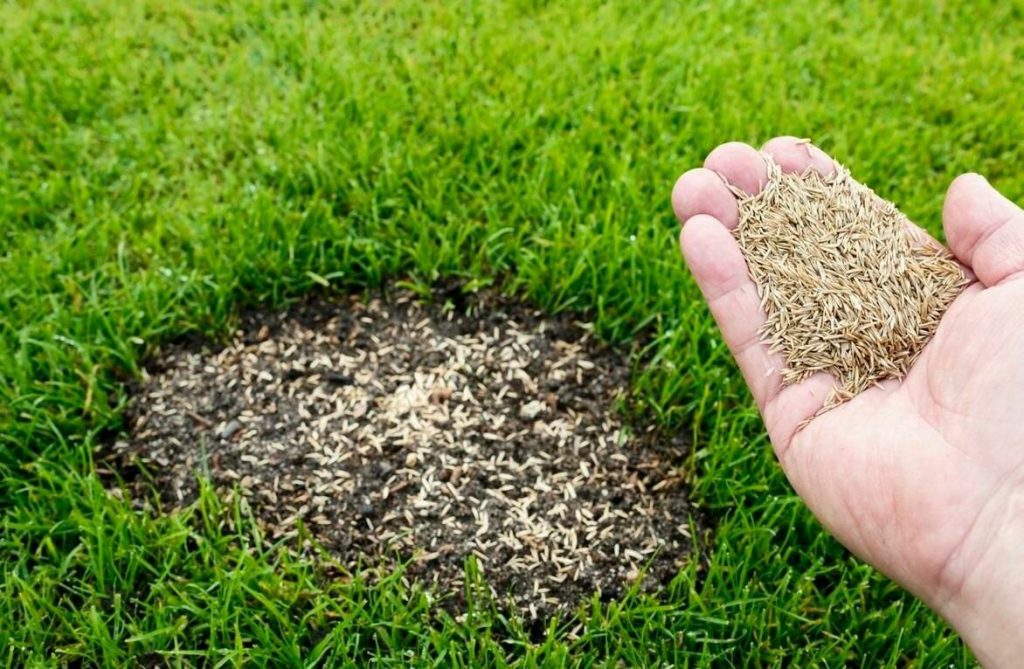If your once-smooth lawn is starting to resemble a bumpy obstacle course, moles could be to blame. These small, subterranean mammals are notorious for tunneling under yards in search of insects and grubs. While they may seem harmless, the signs of moles in your yard can lead to major lawn damage, from torn-up turf to dying patches of grass.
In Indiana, mole activity tends to rise in the spring and fall, especially after rainfall when the soil is soft and insects are plentiful. But before you rush to remove them, it’s important to confirm that moles not voles or other pests are causing the chaos.
Let’s walk through how to recognize mole damage, explore various removal methods, and understand when to bring in the professionals for help.
Common Signs of Moles in Your Yard
So, what exactly are the signs of moles in yard settings? Moles are solitary animals, but their presence can lead to outsized damage. Here are the most obvious indicators:
- Surface Tunnels
One of the clearest signs of mole activity is the appearance of raised surface tunnels, also known as “runways.” These are formed as moles dig shallowly beneath the surface in search of food. You’ll often see snaking, soft ridges in the lawn that collapse when stepped on.
- Molehills or Mounds
Unlike voles, moles push soil up from deeper tunnels, leaving cone-shaped mounds around 6 inches in diameter. These molehills often pop up overnight, especially after rainfall loosens the soil.
- Loose or Spongy Soil
Because moles dig extensively underground, the soil in affected areas may feel unusually soft or spongy. This is due to the disruption of the root system, which compromises soil integrity.
- Dying Grass and Plants
As moles tunnel through your lawn, they can uproot or damage grassroots. Over time, you may notice patches of yellowing or dying grass where the root system has been disturbed.
Quick Tip: Voles chew on the roots and stems of plants, while moles don’t eat plants they feed on insects and worms. If you’re seeing chewed vegetation, the culprit may not be a mole.
Mole Deterrent Methods
Once you’ve confirmed mole activity, the next step is figuring out the best method to get rid of them. Fortunately, there are several options both natural and more aggressive.
Natural Mole Repellents
Many homeowners prefer to start with eco-friendly deterrents. Castor oil-based sprays and granules can be spread across your lawn to make the soil taste and smell unpleasant to moles. These products are safe for children and pets and may help discourage future tunneling.
Other natural deterrents include:
- Planting mole-repellent species like marigolds and daffodils
- Applying garlic or coffee grounds to tunnels
- Using predator scents like fox or coyote urine (available in garden centers)
Traps
If moles persist despite natural deterrents, setting traps may be the next step. There are a variety of humane and lethal trap options on the market. The key to success lies in identifying the most active tunnel (called the “main run”) and properly placing the trap.
Ultrasonic and Scent-Based Devices
Battery-operated ultrasonic devices emit vibrations and sounds that can irritate moles and drive them away. These are best used in combination with other deterrents.
Scent-based repellents, such as granular deterrents or smoke bombs, can be inserted into tunnels. While not always 100% effective, they may reduce mole activity when applied correctly and consistently.
When to Call Professionals
Sometimes, no matter how many DIY methods you try, the moles just won’t leave. That’s when it’s time to call in experts who know how to assess damage and apply the safest, most effective solutions.
At C&L Lawn Care, our pest control specialists use tried-and-tested methods tailored to your yard’s needs. We begin with an inspection to confirm the pest and determine the extent of the infestation. From there, we develop a customized removal and prevention strategy, whether through trapping, repellents, or long-term soil treatments.
Why Choose Professional Help?
- Accurate Identification: Is it a mole or a vole? Our team can tell the difference instantly.
- Safe for Families & Pets: We prioritize non-toxic and eco-safe removal methods.
- Long-Term Prevention: We don’t just remove the problem we help prevent it from coming back.
Protect your lawn from mole damage contact C&L Lawn Care for safe and reliable removal options.
Frequently Asked Questions
Do moles eat grass roots?
No, moles don’t eat grass roots. They feed on earthworms, insects, and grubs. However, their tunneling activity can uproot grass and lead to dead patches, indirectly damaging your lawn.
Are mole traps safe for pets?
Some traps are safe, while others can be hazardous. It’s important to read instructions carefully and keep pets away from trap zones. Better yet, let professionals handle the trapping to ensure safety.
Stop the Damage Before It Grows
Moles may be small, but their impact on your lawn can be anything but. By identifying the signs of moles in your yard early and using a combination of natural and professional solutions, you can protect your lawn and avoid unnecessary damage. And if you need help, C&L Lawn Care is just a call away.




